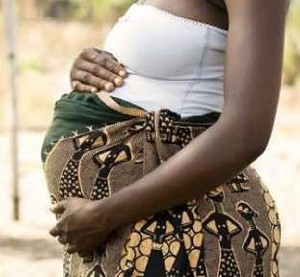Adolescent pregnancy rate in the Eastern Region dropped from 13.1 percent in 2019 to 5.9 percent in 2023.
Within the period, 365 adolescent girls who got pregnant attended school during pregnancy or after delivery, while 96 also chose to learn a skill.
Madam Ellen Asare, the Deputy Director of Nursing in the Eastern Region, disclosed this in a presentation at a Child Protection Committee meeting in Koforidua.
That achievement, she said, was due to the implementation of the “Safety Net Program,” a key strategy initiated by the Ghana Health Service (GHS) to reduce adolescent pregnancies in the region.
The Eastern Regional Health Directorate initiated the program in collaboration with key stakeholders, namely Girls Education officers of the Ghana Education Service, Social Welfare Department, and DOVVSU, to halt the trend of alarming teenage or adolescent pregnancies.
The program started with three districts in 2019 and scaled up to cover all 27 districts by 2022.
She said the program connected pregnant adolescents to care and assistance to ensure they did not end up in child marriages or drop out of school.
Madam Abobo Sidick, the Eastern Regional Director, Department of Children, Gender, and Children Ministry, expressed worry over issues of teenage pregnancies, child abuse, and exploitation and urged stakeholders to strengthen collaborative efforts to halt the situation.
Key among the issues discussed at the meeting were the enforcement of by-laws on child protection and welfare by the respective assemblies in line with child protection policies.
The Child Protection Committee is a multisectoral group with representatives from GHS, Ghana Education Service, DOVVSU, and Civil Society Organizations focused on children, media practitioners, and decentralized government departments and agencies.


Comments are closed.